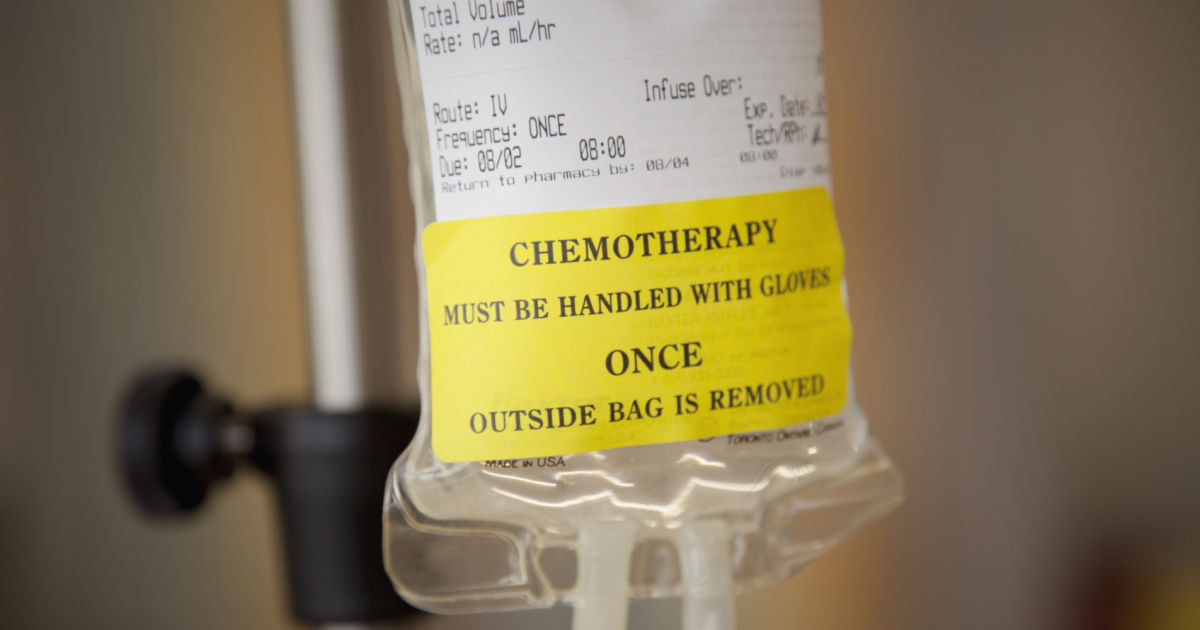Effective Options For Treating Wilms' Tumor
Wilms' tumor, which is also known as nephroblastoma, is a type of kidney cancer that most often occurs in children, with the majority of cases diagnosed at the age of three or four, and the condition seems to be slightly more prevalent in girls. Symptoms of Wilms' tumor include constipation, blood in the urine, high blood pressure, fatigue, fever, and abdominal pain or swelling. Doctors will begin with a physical examination and an ultrasound to diagnose this condition. Blood tests, urinalysis, x-rays, and CT or MRI scans are needed to confirm the diagnosis. Certain medical conditions can increase an individual's likelihood of developing Wilms' tumor. These include Edward's syndrome, Frasier syndrome, Perlman syndrome, WAGR syndrome, and Beckwith-Wiedemann syndrome. Congenital disabilities such as a missing iris (aniridia), undescended testicles, and having one side of the body larger than the other (hemihypertrophy) have also been linked to an increased risk of Wilms' tumor. The treatments and lifestyle changes outlined below are often recommended for Wilms' tumor.
Surgery

Surgery is often the first and primary treatment for Wilms' tumor in the United States. The most common procedure is a radical nephrectomy, which involves removing the entire kidney where the cancer is located, and the ureter and surrounding fat tissue are also removed. While the operation is being performed, surgeons also do a regional lymph node sampling, which removes some lymph nodes near the kidney to check if they have become cancerous. Before the procedure is complete, surgeons will examine the child's kidney and their liver. If any suspicious areas are found, biopsies will be taken immediately. Some Wilms' tumors may be too large to be treated surgically. In these cases, doctors will try to shrink the tumor with other treatments first, and an operation may be possible if the tumor size is successfully reduced.
Keep reading for more information on treating Wilms' tumor.
Chemotherapy

Chemotherapy is the use of intravenous or oral chemicals to destroy cancer cells throughout the body. It can be used before surgery to shrink tumors, and after surgery to destroy cancer cells that may be circulating in the bloodstream. Chemotherapy is also used for patients with tumors that have spread to areas other than the kidneys. For early-stage Wilms' tumors, vincristine and dactinomycin are the most commonly used chemotherapy medications. They are given intravenously, and initially, patients receive them every week. As chemotherapy progresses, the drugs are given every two to three weeks. In more advanced cancer cases, a combination of doxorubicin, cyclophosphamide, carboplatin, etoposide, and ifosfamide may be added to vincristine and dactinomycin. Most patients receive chemotherapy in specialist outpatient centers, though some may receive it in the hospital. Common chemotherapy side effects include nausea, hair loss, vomiting, diarrhea, increased risk of infections, constipation, changes in taste, and tingling in the hands and feet.
Reveal more options for treating Wilms' tumor now.
